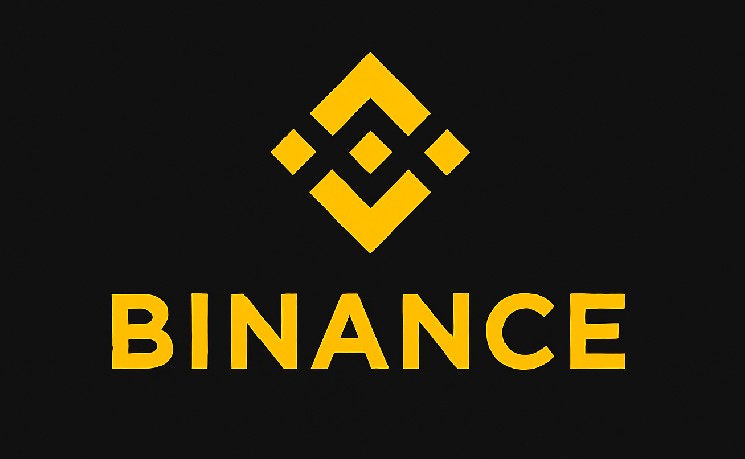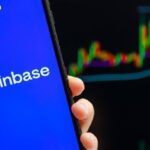- Binance launches cryptocurrency QR payment system in Argentina, enabling commission-free instant transactions through Binance Pay.
- Merchants receive payments in Argentine Pesos, and automatic conversion from crypto to fiat is handled by a regulated local partner.
Binance has introduced a crypto-based QR payment system in Argentina. With this feature, users can make transactions by simply scanning the merchant’s QR code on the Binance Pay app and selecting the desired crypto asset. Trading is completely free, so there are no additional charges.
Even more amazingly, merchants do not need to be familiar with cryptocurrencies to utilize this service. Binance automatically converts payments from cryptocurrencies to Argentine Pesos through registered local partners.
This means merchants can receive funds in fiat currency without the hassle of managing a digital wallet or manual conversion.
From a user perspective, the system supports over 100 cryptoassets, including big names like Bitcoin (BTC), Ethereum (ETH), and Tether (USDT). This process is almost as fast as sending a text message. And most importantly, there are no deductions.
However, there are limitations. Each transaction is capped at approximately 1,500 USDT, with a monthly total cap of 5,000 USDT. But for coffee, shoes, and a fancy dinner, this is all you need.
Cryptocurrency meets reality in everyday payments in Argentina
Argentina was chosen for a reason. QR code infrastructure is widespread in the country and is even considered standard in the retail industry.
In a difficult economic climate with rampant inflation and a weak peso, the introduction of cryptocurrencies as an alternative means of transaction is like opening a new window for local communities.
On the other hand, this step shows that Binance is serious about bridging digital assets and daily life. Rather than focusing solely on the world of trading, Binance is now expanding into everyday transactions that directly impact ordinary users.
Previously, cryptocurrencies were mainly used for investment and speculation, but now they can become a means of payment for fast food.
Binance balances crisis and growth across two continents
However, this is not the only recent move on Binance. A few weeks ago, the platform was rocked by a flash crash that wiped out billions of dollars in minutes. In response, Binance launched a $283 million recovery program.
Under the two-stage program, compensation for users who suffered liquidations or delays due to the depegging of assets such as USDe, BNSOL, and WBETH was completed within 24 hours.
Moreover, the ecosystem connected to Binance also seems to be becoming more and more active. CNF recently reported that Kyrgyzstan has officially introduced a stablecoin called KGST built on the BNB chain. Interestingly, the launch was attended by Binance founder Changpeng Zhao.
Additionally, the Kyrgyz government is even pushing to list KGST on international exchanges and establish a national cryptocurrency reserve. In other words, Binance has established a footprint in Latin America and Central Asia almost simultaneously.
This cryptocurrency QR feature is currently limited to Argentina only, but the question is when other countries will follow suit. If this implementation is successful, Binance could potentially roll out similar features in other countries facing similar economic challenges.










